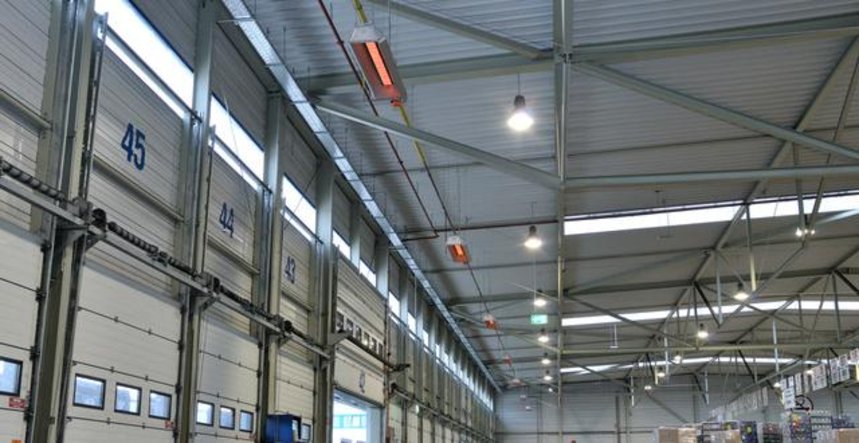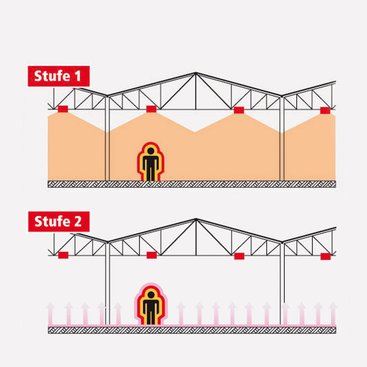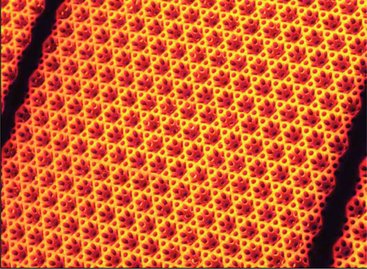How do gas infrared luminous radiant heaters behave in modern open-plan buildings with good thermal insulation?

The ELVHIS research project
For many years, luminous radiant heaters have been used with high efficiency for heating open-plan buildings. How do gas infrared luminous radiant heaters behave in modern open-plan buildings with good thermal insulation – this question should be answered by current studies.
The aim was to determine well-founded data on the indoor climate, thermal comfort in the recreation area, the thermal behaviour of buildings and the energy efficiency of heating systems in commercial or industrial halls. The German section of ELVHIS commissioned the Dresden Institute for Technical Building Equipment (ITG) together with the Zittau Görlitz University of Applied Sciences with the research project.

The efficiency principle: Infrared thermal radiation
Thermal radiation is the transfer of heat from one body to another without a heat transfer medium. The energy transport takes place in the form of electromagnetic waves (infrared radiation).
This method eliminates losses of heat in transport. In addition, radiation systems react almost inertia-free during switch-on and switch-off processes. The advantages of thermal radiation are harnessed in the heating system with luminous radiant heaters and are used for the efficient heating of open-plan buildings.
Thermal radiation:
This passes through the air with almost no losses and does not deliver heat until it hits the walls, floor or body (Level 1)
These then in turn radiate heat themselves. (Level 2)

Pleasant heat through luminous radiant heaters
Infrared thermal radiation heats the walls, machines, stored goods and floors upon impact, which then release this heat back to the environment. People in the radiation range of luminous radiant heaters perceive the heat absorbed as very pleasant. This condition is called comfort.
Typical examples of the pleasant effect of infrared thermal radiation are outdoor fires, direct sunlight on the skin or sunbathing in icy temperatures in the snow.
Luminous radiant heaters – also called infrared radiant heaters – emit thermal radiation within the spectrum visible to the human eye – hence the name. Conventional luminous radiant heaters work with fuel gases which are completely premixed with the required combustion air in a special injector burner.
The homogenised gas/air mixture passes through a perforated ceramic surface in which the combustion process takes place.
During operation, the ceramic combustion surface operates at surface temperatures of 850 to 950 °C and is therefore also a radiant surface.
At surface temperatures of approx. 850 - 950 °C, gas combustion takes place directly in the ceramic plate.
ELVHIS measurement campaign: Research reports
-
 Thermal comfort in modern indoor buildings – heated with luminous radiant heaters Final report – short version (ONLY GERMAN)PDF , 540 KB
Thermal comfort in modern indoor buildings – heated with luminous radiant heaters Final report – short version (ONLY GERMAN)PDF , 540 KB -
 Ambient air hygiene in modern open-plan buildings – heated with gas infrared radiant heaters ELVHIS – Measuring Campaign – Summary Report (ONLY GERMAN)PDF , 69 KB
Ambient air hygiene in modern open-plan buildings – heated with gas infrared radiant heaters ELVHIS – Measuring Campaign – Summary Report (ONLY GERMAN)PDF , 69 KB

